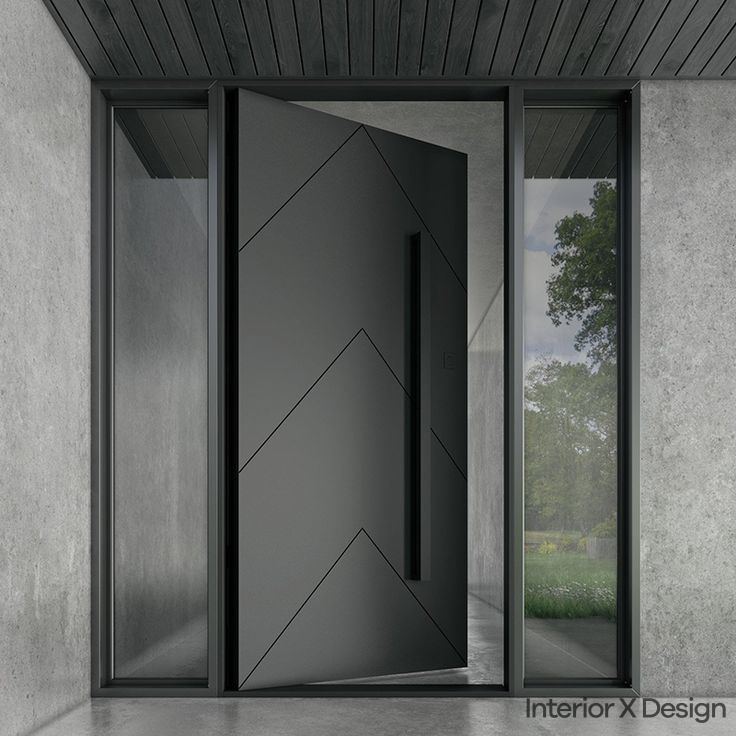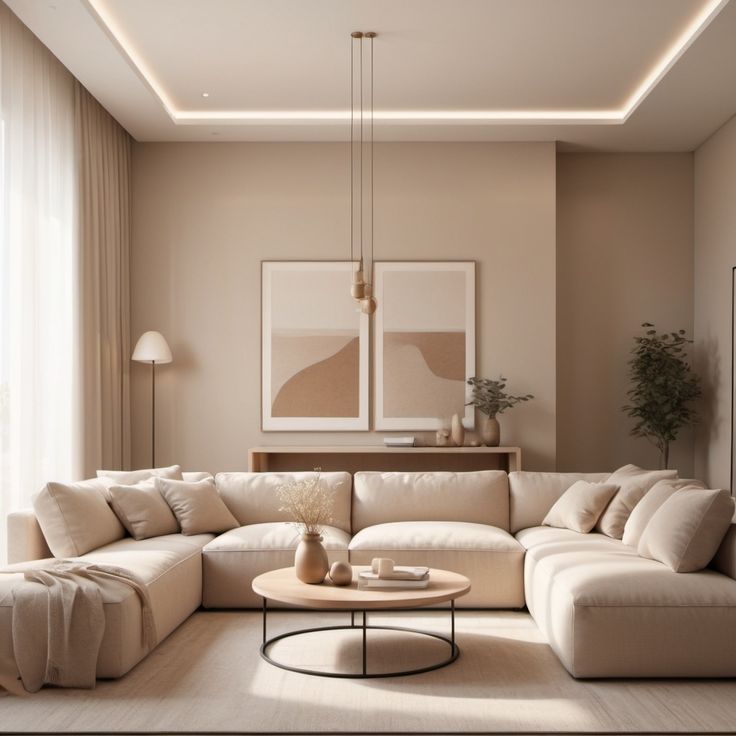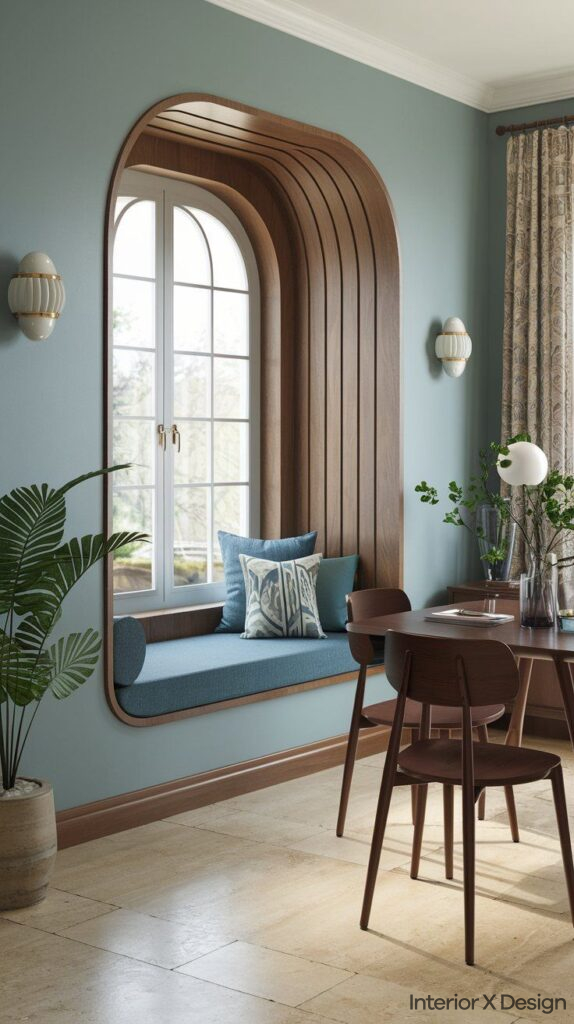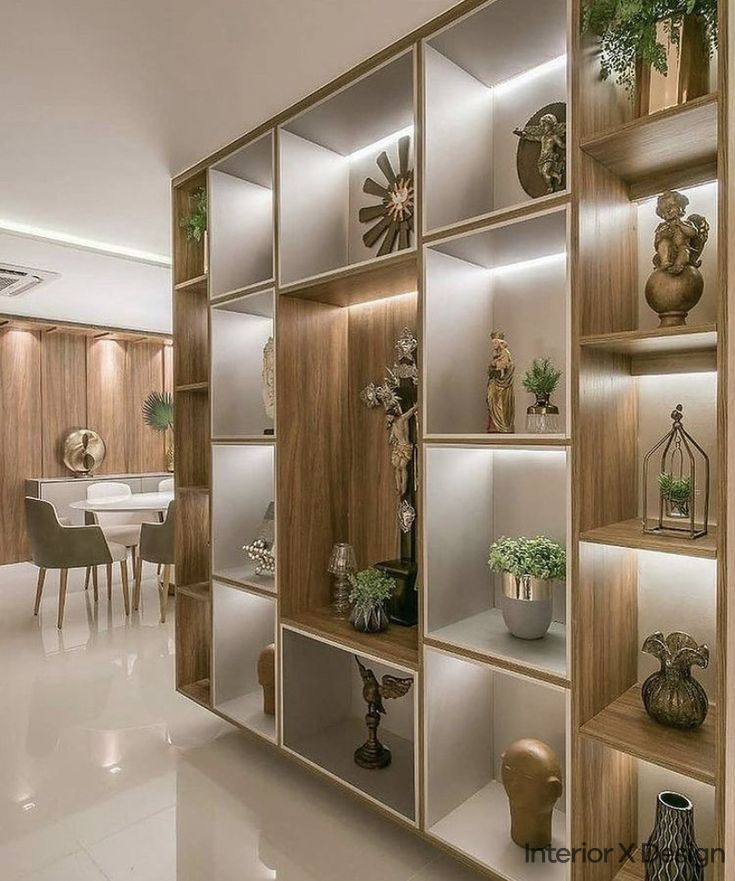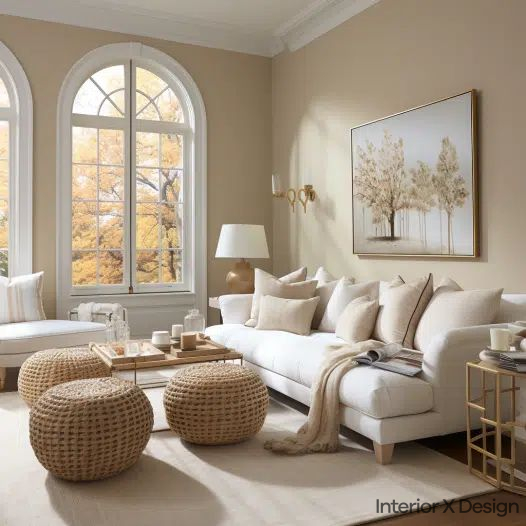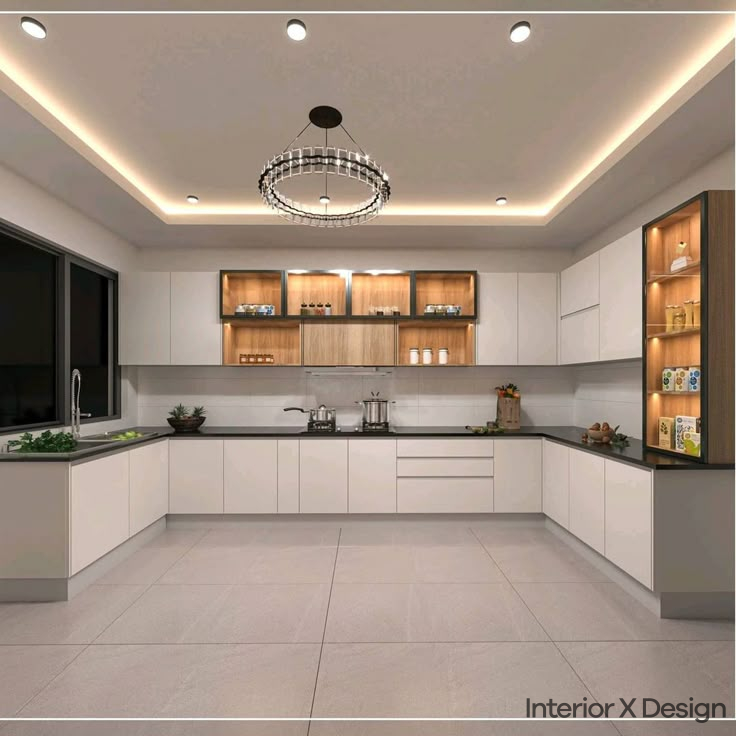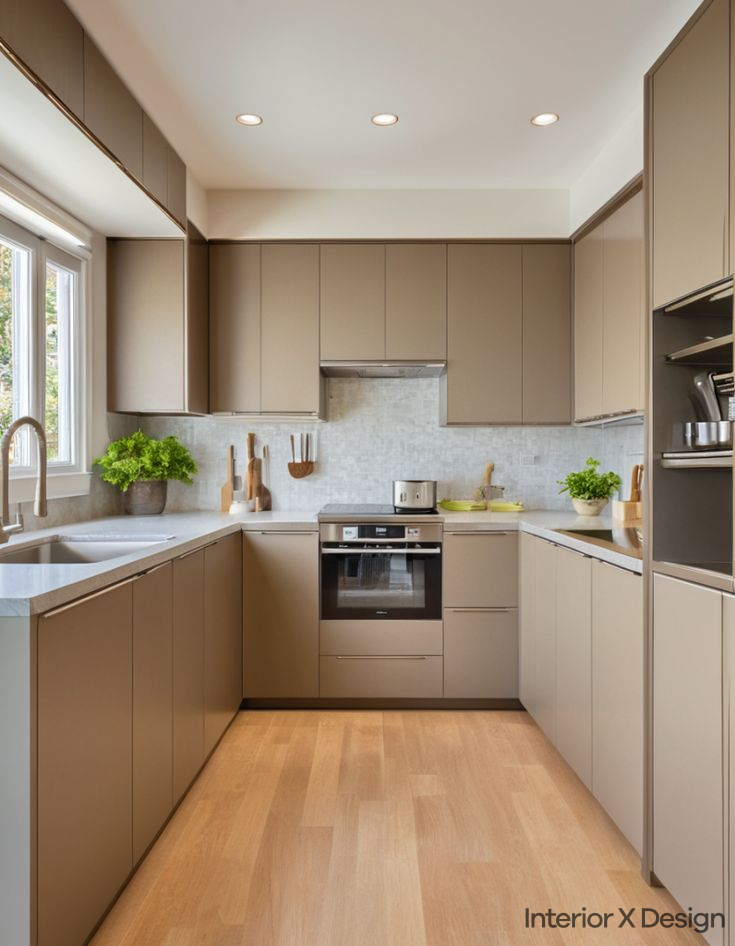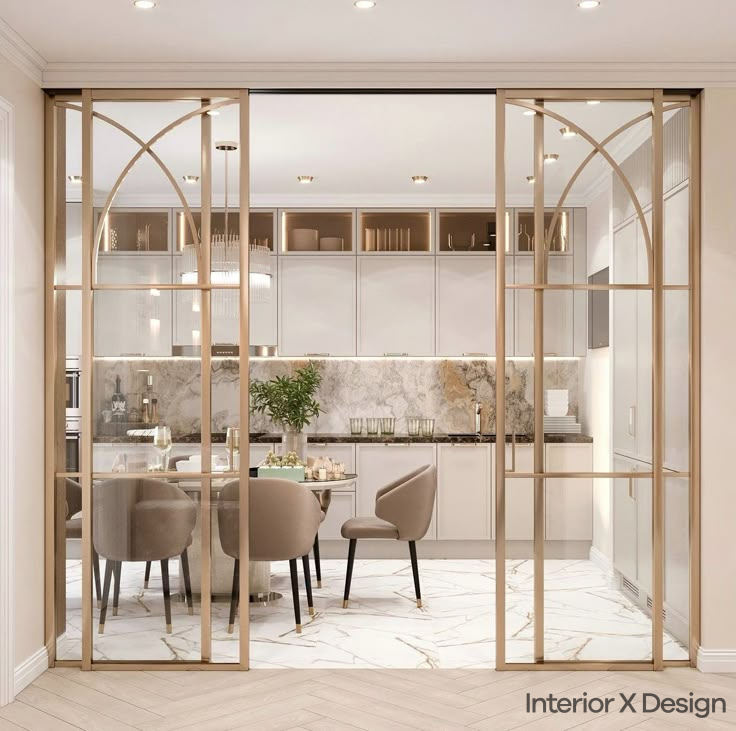What is a Pivot Door?
A pivot door is different from a traditional door because it rotates on a pivot hinge instead of using side-mounted hinges. The pivot point is placed at the top and bottom of the door frame, allowing smooth rotation on an axis. This design gives pivot doors a sleek and modern appearance, making them popular in luxury homes, grand entrances, and corporate offices.
Pivot doors stand out due to their clean lines and uninterrupted surfaces. Whether made from wood, glass, or metal, they enhance aesthetics while maintaining functionality.
Pivot Door Designs: Aesthetic Inspirations
Pivot doors can be customized to match different design styles. Here are five popular pivot door designs:
1. Glass Pivot Door

Glass pivot doors allow natural light to flow through a space, creating an open feel while maintaining privacy. They are often framed with metal for a modern touch, making them ideal for contemporary homes and offices.
2. Wooden Pivot Door

Wooden pivot doors offer a classic look with a variety of finishes, from polished surfaces to rustic textures. These doors add warmth and sophistication to any interior.
3. Metal Pivot Door

Metal pivot doors, made from materials like stainless steel, aluminum, or bronze, provide durability with an industrial, modern aesthetic. They are well-suited for high-end offices and commercial spaces.
4. Frameless Pivot Door
A frameless pivot door, often made of glass, creates a minimalist, seamless look. These doors are perfect for modern interiors that emphasize simplicity and elegance.
5. Oversized Pivot Door
Large pivot doors make a statement, often used for grand entrances. They enhance visual appeal while ensuring a smooth opening mechanism with their specialized pivot hinges.
Benefits of Pivot Doors
Pivot doors provide advantages beyond their stylish appearance. Here are their key benefits:
- Smooth Operation: Even large pivot doors open effortlessly due to their balanced hinge system.
- Modern Design: Their clean, uninterrupted look enhances contemporary interiors.
- Durability: Pivot doors are built for long-term use, with hinges designed to handle heavy loads.
- Space Efficiency: Unlike traditional doors, pivot doors require less swing space, making them ideal for compact areas.
- Versatile Materials: Available in wood, glass, metal, or mixed materials, pivot doors suit various aesthetics.
Types of Pivot Door Hinges

Pivot door hinges play a crucial role in door performance. Below are the main types:
1. Traditional Pivot Hinges
These hinges, commonly used for wooden pivot doors, provide a stable axis at the top and bottom of the door. They offer reliable support for large doors.
2. Concealed Pivot Hinges
Hidden from view when the door is closed, these hinges contribute to a sleek, modern look. They work well with both glass and wood doors.
3. Heavy-Duty Pivot Hinges
Designed for oversized or solid doors, heavy-duty pivot hinges provide additional strength and stability, ensuring smooth movement without sagging.
4. Offset Pivot Hinges
Offset pivot hinges shift the door’s rotation point away from the edge, creating a unique movement that enhances both aesthetics and functionality.
5. Self-Closing Pivot Hinges
These hinges automatically return the door to its closed position, adding convenience and security. They are ideal for high-traffic areas.
Choosing the Right Pivot Door Hinge

When selecting a pivot hinge, consider these factors:
1. Door Weight and Size
Heavy or oversized doors require stronger hinges to maintain smooth operation. Choose a hinge rated for the door’s weight to prevent alignment issues.
2. Material Compatibility
Ensure the hinge material complements the door and frame. Stainless steel suits modern designs, while brass enhances traditional aesthetics.
3. Adjustability
Pivot hinges with built-in adjustments allow fine-tuning for better alignment, ensuring long-term functionality.
4. Aesthetic Appeal
Visible hinges should match the overall door design. Concealed hinges are ideal for minimalistic interiors, while decorative hinges can enhance a door’s visual impact.
5. Installation Requirements
Some pivot hinges require floor recesses or ceiling mounting. Consider installation complexity before making a selection.
Step-by-Step Guide: Installing a Pivot Hinge
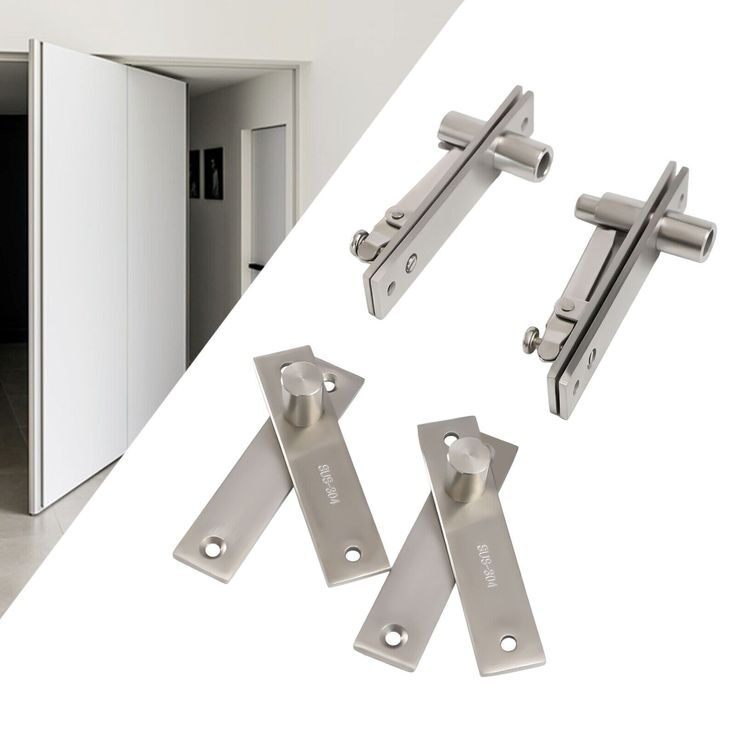
Step 1: Mark the Pivot Points
Measure and mark the positions for the top and bottom pivots on the door and frame. Ensure proper alignment for smooth operation.
Step 2: Cut the Hinge Slot
Use a router to create slots in the door and frame for the pivot hinge components.
Step 3: Install the Bottom Pivot
Secure the bottom pivot into the floor or base plate, ensuring it aligns correctly with the door’s pivot point.
Step 4: Attach the Top Pivot
Fix the top pivot to the door frame, aligning it with the bottom pivot for balanced movement.
Step 5: Test the Pivot Door
Open and close the door to ensure smooth operation. Adjust hinges if necessary for proper alignment.
Common Mistakes When Choosing Pivot Doors
- Ignoring Weight Limits: Choosing a hinge that can’t support the door’s weight can cause misalignment.
- Overlooking Material Compatibility: Mismatched hinge and door materials can affect durability and design cohesion.
- Skipping Adjustability Features: Fixed hinges can lead to alignment problems over time.
- Improper Installation: Incorrect pivot placement can cause operational issues.
- Neglecting Aesthetic Impact: The hinge choice should complement the overall design.
Comparison Table: Pivot Door Hinge Types
| Hinge Type | Best For | Key Benefit |
|---|---|---|
| Traditional Pivot | Wooden doors | Stability and smooth motion |
| Concealed Pivot | Modern, minimalist spaces | Hidden for a sleek look |
| Heavy-Duty Pivot | Large, heavy doors | Enhanced strength |
| Offset Pivot | Unique door movement | Customizable rotation |
| Self-Closing Pivot | High-traffic areas | Automatic closing feature |
Final Thoughts
Pivot doors combine elegance and functionality, making them a top choice for modern interiors. Whether selecting a glass, wooden, or metal pivot door, choosing the right hinge is crucial for performance and durability. Understanding hinge types, installation methods, and potential mistakes will help you make an informed decision when incorporating a pivot door into your space.
For more home decor tips, explore our other guides:

